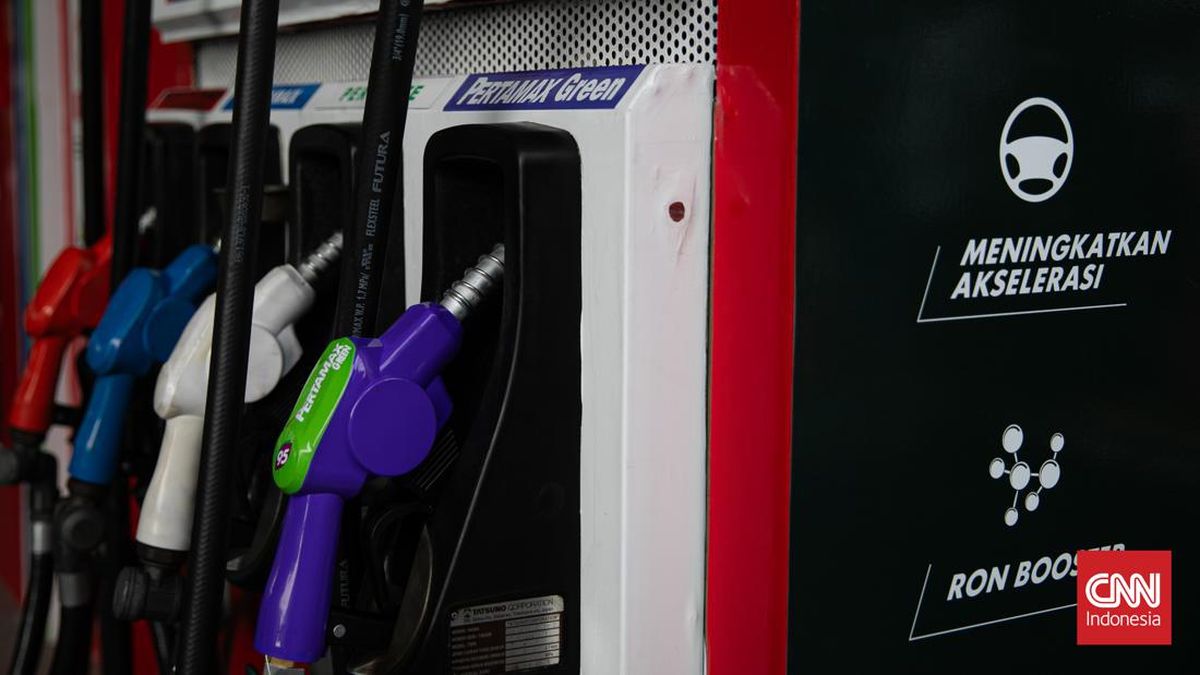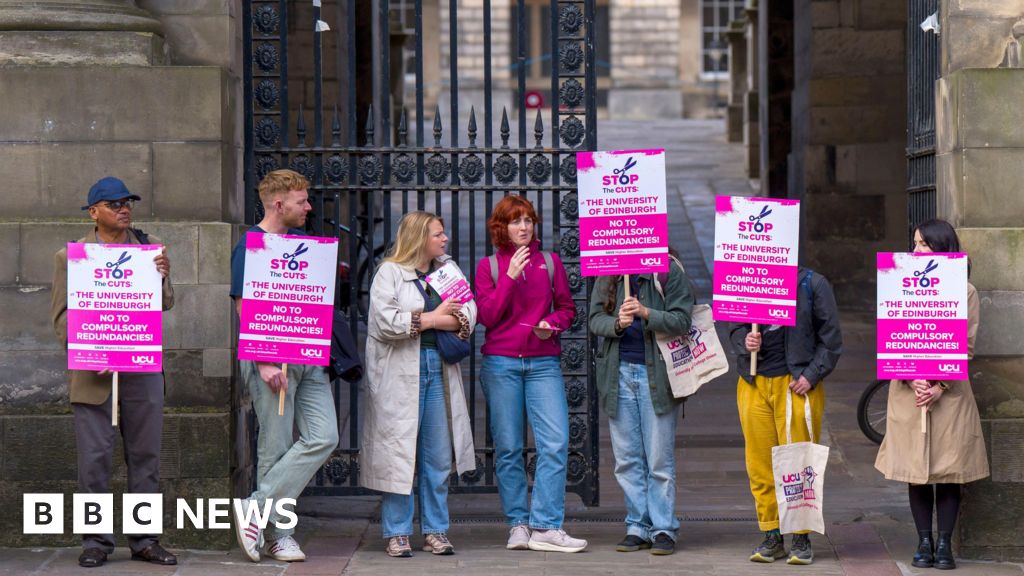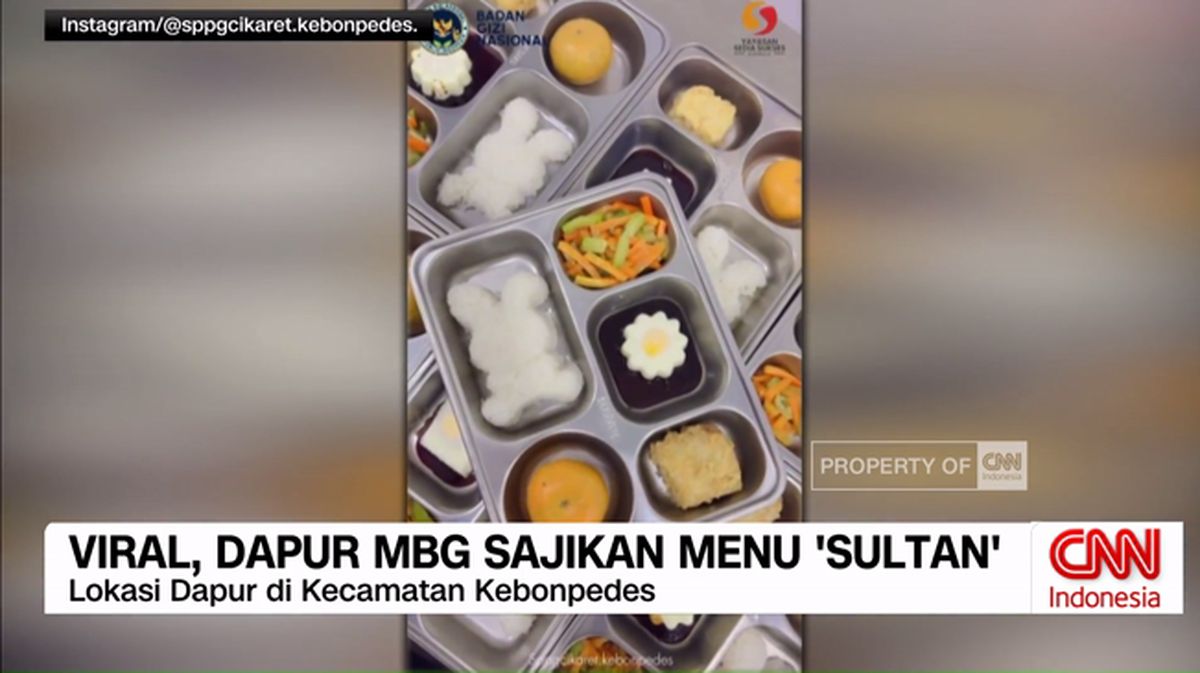When you think of a luxury car’s interior, what are you picturing? Soft supple leather, hand-stitched by some white-gloved craftsman in a stark and spotless factory somewhere? Or sheep’s-wool flooring so rich and thick your slippers sink into it like you’re walking on memory-foam pillows?
You’d be mostly right – at least for now. However, while Rolls-Royce is still sourcing its leather from bulls roaming in cold-climate paddocks to minimise insect bites that could mark their hides, there is a growing movement in the car industry to consign the use of animal skins to the same pages of history as the mink coat.
That means, in a premium car today, you’re increasingly likely to find yourself sitting on recycled plastic Pepsi bottles as you are on cowhide leather seats, as brands look to take an ethical position on animal welfare, minimise waste, shrink environmental footprints and upcycle in some very unexpected ways.
Volvo, which has pledged to go entirely leather-free in its cabins by 2030, now uses shredded jeans for its denim interior option, specifically choosing the shorter strands that would typically go to waste (the longer strands can be repurposed as yarn). The company also creates some bedazzling interior surfaces from pulverised recycled PVC.
Cadillac uses PaperWood veneer in some of its cabins, made by stacking layers of old newspaper pages on top of a thin layer of tulipwood (a North American hardwood), to the point where, should you look closely enough, you can actually read the letters in the lighter areas. The stack is then compressed and used for the centre console, which was previously fabricated from hard plastics.
High-end sports carmaker Lotus sources some of its interior cottons from recycled fashion industry garments. Meanwhile, Kia has banished leather from its cabins, and says there are at least 70 plastic bottles in the interior of its biggest electric vehicle, the EV9, which have been recycled, processed and transformed into fabrics, carpets, felt and stitching.
The market-storming Chinese brands have all also largely abandoned real leather, particularly on their electric vehicles, though each takes a slightly different approach on the branding. BYD promises seats made of “sustainable vegan leather”; MG describes its chairs as “ultra-soft synthetic leather”, while GWM promotes “plush faux leatherette”, but the end result is the same – real leather is out, synthetics are in.
Polestar 4, an all-electric SUV, has woven seats derived from PET bottles and floor mats made from discarded fishing nets. Order the most sustainable trim level, and the only things in the cabin that are not recycled are the digital screens and some wiring in the speakers.
While Polestar says half the vehicles it sells globally are optioned with leather-free and recycled interiors, it is clear there is no such thing as a truly vegan car as animal products can still be used in lubricants, synthetics and even the tyres.
Polestar refers to the cabin of its cars as “the exploratory room”, as Komal Singh, a design, colour and materials expert at the Swedish car-maker explains: “That’s where we like to explore new colours, new materials and offer something different. We don’t like to market [recycled interior trims] as vegan, but of course it is a more vegan alternative because [not everyone] wants to buy leather.”

Polestar design, colour and materials expert Komal Singh (at left) reviews fabric options with fellow Polestar expert Maria Uggla.
The increasing use of alternative materials is not as new as it seems; in some cases they have just been rebranded. The relationship between the car industry and artificial leather has spanned more than 100 years.
American chemical giant DuPont began life in Delaware in the early 1800s, using its profits from selling dynamite and gunpowder to expand into paints and plastics, before eventually producing one of the first examples of artificial or plastic leather or “pleather”, Fabrikoid, which it patented in 1915.
DuPont considered the car industry to be a natural, and huge, customer for Fabrikoid. And it saw General Motors, on shaky ground at the time, as its target. DuPont began snapping up the car manufacturer’s shares, at one point owning as much as 38 per cent. By 1946, General Motors was sourcing a lot of its materials from DuPont, leading to an antitrust probe that concluded in 1961, by which point the General Motors shares DuPont was being asked to divest were worth in excess of $US2.5 billion.
The artificial-leather seed was sown, and the use of pleather was widespread. Somewhere along the line, the quality improved, the term “vegan leather” was introduced, and pleather went from shunned to sought-after.

“Plush faux leatherette” has replaced real leather in the GWM Ora.
Premium car customers actively seeking vehicles manufactured from recycled rather than traditionally luxe materials have come with the arrival of EVs and a corresponding rise in eco-conscious consumers.
Globally, premium-vehicle buyers are also getting younger. Cadillac estimates its customers are doing so by about 1 per cent each year, while the average age of a Rolls-Royce owner has fallen from 60 to about 42 over the past 10 years or so, and to as young as 35 for the brand’s EV, the Spectre. “We think a younger customer will appreciate the modern aesthetic that comes with using innovative materials,” says Cadillac’s colours, materials and finish designer, Nina Cho.
Loading
Polestar’s Singh says younger buyers are typically more socially conscious. “We have to keep in mind that Gen Z have different expectations around what they want from a car and a brand,” she says.
Roland Rivero, Kia Australia’s general manager of product planning, says for the younger consumer, “a car is a statement about who they are, and how they think about the world”.
But while the number of eco-consumers increase, there is still a market for those who prefer leather. Which is why Polestar – which sources its hides as a by-product of the meat industry – has no plans to immediately phase it out.
“There’s nothing that matches up to leather,” says Komal Singh. “It has so many natural properties around cleaning and breathability – as does wool. Even in hotter climates, it’s better than sitting on something synthetic.”
To read more from Good Weekend magazine, visit our page at The Sydney Morning Herald, The Age and Brisbane Times.


















































